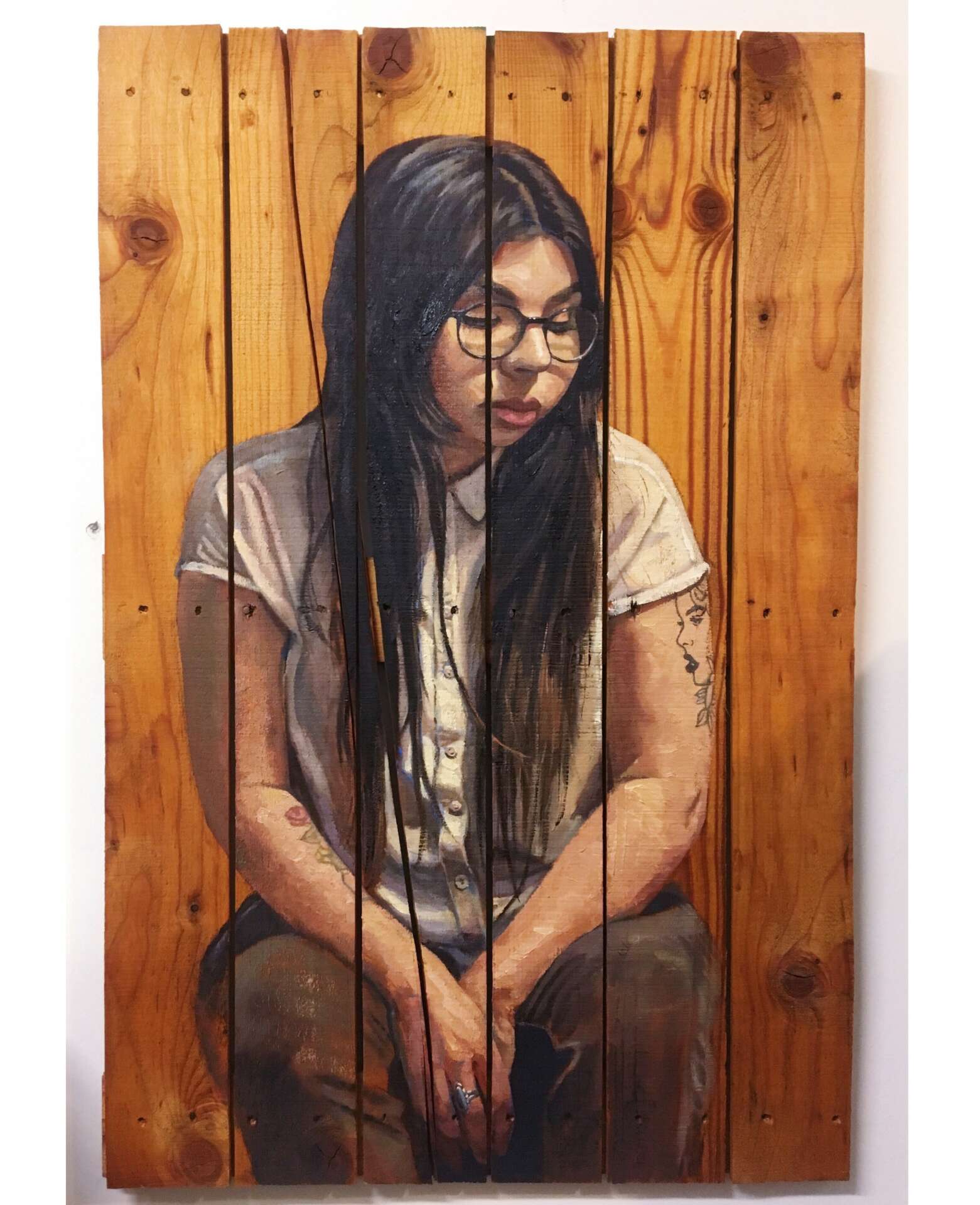Alright – so today we’ve got the honor of introducing you to Robert Nehemiah . We think you’ll enjoy our conversation, we’ve shared it below.
Robert, appreciate you joining us today. Are you happier as a creative? Do you sometimes think about what it would be like to just have a regular job? Can you talk to us about how you think through these emotions?
I found my happiness as an artist. Coming from a regular “day job” has changed my perspective entirely. The struggle of the idea of having to rely on myself in the creative realm and having no “safety net” if I chose that route was always something that held me back from making the change. Once I did decide to make the change to a full time artist though, I came to the realization that the “safety net” was only an illusion. Any job you have can fire you at any given moment. The difference was that one of these environments motivated me entirely.


Robert, love having you share your insights with us. Before we ask you more questions, maybe you can take a moment to introduce yourself to our readers who might have missed our earlier conversations?
My name is Robert Nehemiah, and I’m a portrait painter. I have been drawing and painting since I was young but never really sought structure in my creative process.
After high school, I realized the need to find a way to make a living, while still wanting to continue my education somehow. I found myself taking Fire Tech core classes along with my GE courses at Rio Hondo College. I truly enjoyed the people I met and the programs I was introduced to in Fire Tech. However, it only took one art class for me to be drawn right back into it. I left the fire program and immersed myself in art classes. The question still remained, though: ‘How can I make a living with this?’ My immediate response was to lean towards the more commercial/design aspect of art. I joined the video game design program offered at the school, but about a year in, I realized it wasn’t the direction I wanted art to guide me in. I started focusing more on a studio practice with an emphasis on life drawing and painting. This somehow seemed to align with my personal notion of what art was supposed to be.
From Rio Hondo College, I transferred to Long Beach State University, where I was soon accepted into the BFA program for drawing and painting. Here, I began exploring the academic observation approach to drawing and painting. Through my studies and personal evolution, I found myself embracing this more ‘academic’ aspect of art but using repurposed materials. This included working on cardboard, wood, scrap metal, and others.
In my current practice, I continue to explore the idea of upcycling materials for portraiture. The concept of reusing materials not only challenges individuals perception of beauty and what is/what can be, but the materials themself lend their history of mark and texture (scratches, chips, stains, etc) to the paintings.


In your view, what can society to do to best support artists, creatives and a thriving creative ecosystem?
I think there are so many things individuals can do to help support creatives and artists. A lot of people think buying art and creative products is the only way to do this, but it’s simply not the case. Individuals can do things like go to events that help sustain the creative/art realms, repost things they see by artists and creatives as well as events promotion on social media. You’ll be surprised how much a constructive or positive comment can help artists on social media. I think even the less social individuals benefit from engagement on these platforms. Times have really changed and as much as we may not want to accept it, social media plays a vital role into the socialscapes that have been created. I’m not everyone has to embrace it, but the reality of the matter is so many artists/creatives benefit so much from these platforms.
How did you build your audience on social media?
I think building and audience on social media really depends on your own goals. For a while I was seeking more engagement with my audience on social media (Instagram in particular).
One thing that benefited me was posting process images rather than just final products. I think it takes a certain vulnerability to share works before they are completed. There’s something human about that, and I feel like a lot of people can related to that or want to feel that sense of vulnerability. It’s quite inspirational for myself when I see it from other artists as well. It takes accepting process as a real nitty-gritty difficult thing, vs an immediate gratification.
A second thing that benefited me on social media was doing live streams. I think engagement via live streams in an interesting reminder that there is a real person behind each page you come across (with exception all these bots nowadays). But seeing someone in their practice on live streams seems to increase engagement. It’s draws curiosity and allows for individual to see what’s going on “behind the curtain.”
Contact Info:
- Instagram: Wookieewarrior_art


